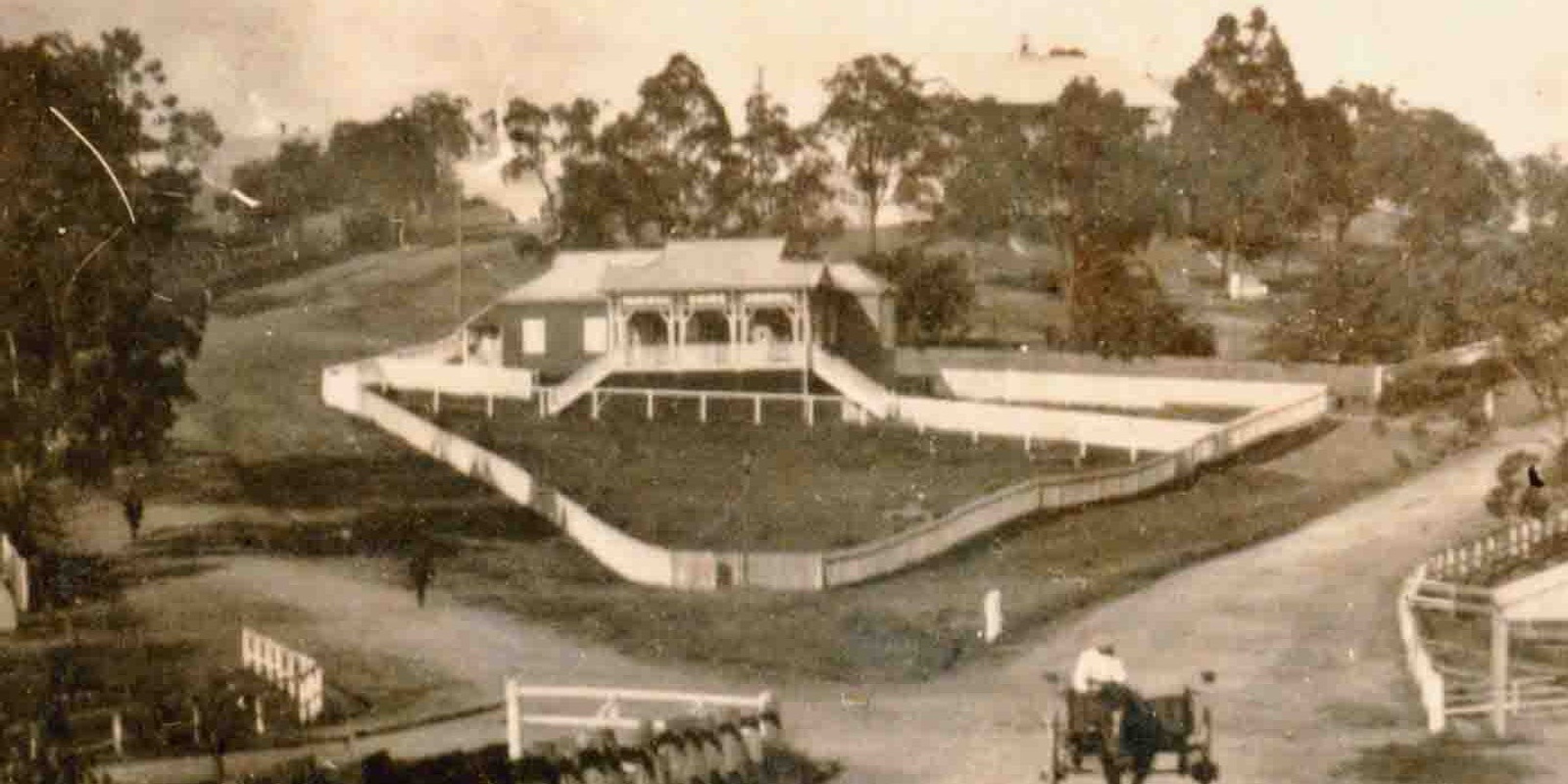Not quite the centenary
Event description
The electors of Brisbane enjoyed a modicum of self-government just ahead of the rest of what would become Queensland. Established under the NSW Municipalities Act of 1858 elections had taken place, council meetings held and a Mayor elected, ready for him to greet our first Governor when he arrived and the Colony of Queensland declared.
The 1858 Act envisaged a long and comprehensive list of responsibilities for the new council, a number of which had to be pared back in the early years. But more of that next year. Our October seminar will focus on the lead up to the first sitting of the Brisbane City Council, the implications for infrastructure and the authorities that would be amalgamated. Our presenters will examine:
‘Beyond the Municipal Boundaries’ will take a look at the extension of local government to the areas beyond Brisbane, to what would become today’s city suburbs. For some it was a bit of a bumpy ride. The Shire of Taringa, and its precedents, will be used as an example to track how it evolved until amalgamation in 1925.
'Unpropitious Beginnings: Brisbane Centenary Celebrations 1923/4' this year marks the bicentenary of the establishment of the Moreton Bay Penal Settlement, and by extension Brisbane Town. It’s citizens celebrated the occasion in 1924, but how did the tone and emphasis of these reflect the wider cultural and political life in the early 1920s ? Or did they reveal sectarian and racial fissures in the Proud British legacy ?
‘Greater Brisbane's creation - the political climate’ the mass amalgamation of smaller individual councils that in 1925 created the City of Brisbane as Australia’s largest municipal government has never been repeated elsewhere in the nation, despite the planning, administrative, financial, and social advantages it delivered. What were the political forces at play at the time at the local and state levels and elsewhere that encouraged it, made it possible, but also made it happen ?
‘Almost 100 years of waiting in the shelter’ 2025 will see the Brisbane City Council mark 100 years of responsibility for the operation of public transport in the city. Until 31st December 1922, the primary mode, the tram system, was provided by a private company - but what happened after the Company left the scene and before 1925 ?
‘Vale, City of South Brisbane’ in 1924, South Brisbane was a bustling city with about 40,000 residents, hosting high-tech industries such as at the Dry Dock and Railway workshops, extensive wharfage handling the majority of overseas freight and passengers, and prominent commercial activity. There was strong local pride, they were 'South Brisbaneites' and wished to remain as such.
‘A Superfluity of Town Halls’ when the ‘large and resplendent’ Brisbane City Hall was opened in 1930, it was an appropriate headquarters for the relatively newly-formed largest local government in Australia. What then happened to the chambers of the 20 local authorities which amalgamated to form the Greater Brisbane City Council ? Find out which ones survived and not, and what they became.
Our presenters are Andrew Darbyshire, Tamsin O'Connor, Lindsay Marshall, Peter Hyde, Bill Metcalf and Carmel Black.
Registration and book shop from 12.30pm, Welcome introduction at 12.55pm
Tickets for good, not greed Humanitix dedicates 100% of profits from booking fees to charity
